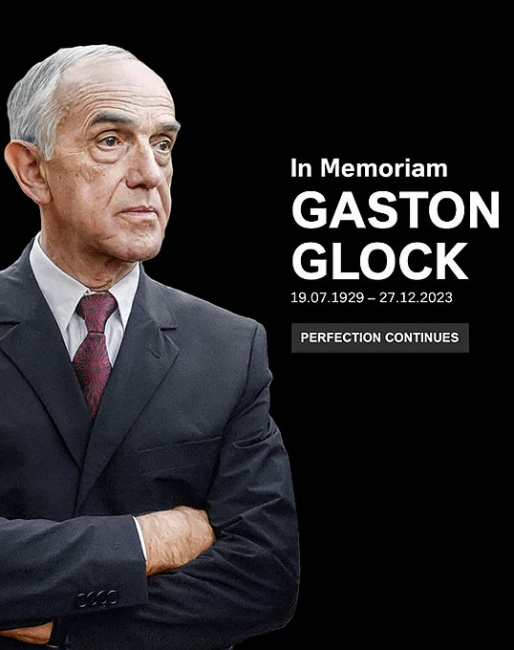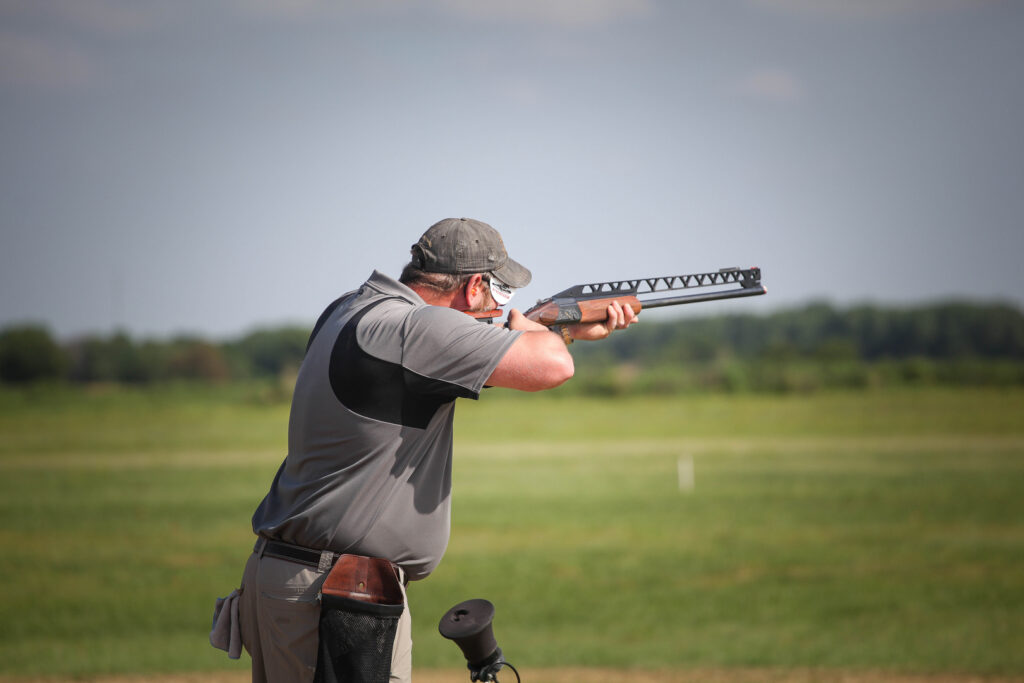Gaston Glock’s passing has sent ripples throughout the firearm world. For many of us, he and his pistols have been a large part of the firearm industry for our entire lives. Glock is a multinational corporation, and even though the founder has passed, the company isn’t going anywhere anytime soon. With that in mind, I think it’s a great time to reflect on the contributions of Gaston Glock and his polymer frame pistol.
Polymer Frame Acceptance
Glock wasn’t the first company to produce a polymer frame pistol, but they were the first to make it successful. HK’s VP70 was a flop, but the Glock pistol became undeniable after its adoption by the Austrian Military. Gaston Glock had a long history of working with polymer outside of firearms and held 16 patents prior to producing the Glock 17.
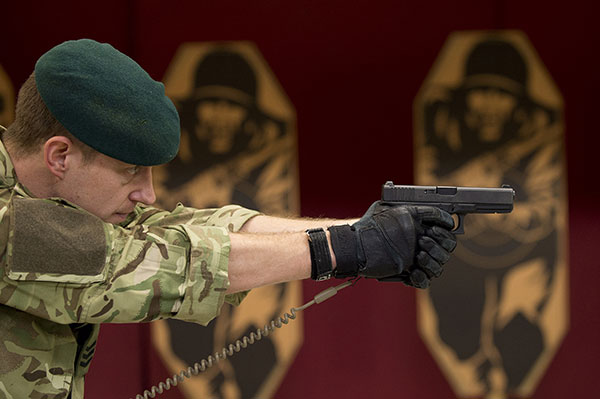
Advertisement — Continue Reading Below
His use of polymers and the Glock’s success proved that the polymer frame was a very viable option for a serious-use pistol. The Glock 17 won in Austria, then Norway, and then Sweden, and eventually, it couldn’t be stopped. It exceeded all NATO durability standards. The polymer frame established itself as something here to stay. Sure, plenty of 1911 fans grumbled about Tupperware pistols, but as we’ve seen, the polymer frame dominates.
Every major company out there offers a polymer frame pistol. Even the 2011 pistols with two-piece frames integrate polymer frames. Polymer is not just more affordable, but it’s lighter and easier to work with, and the additional flex it offers can even reduce felt recoil.
Keeping Guns Cheap
Believe it or not, Glock has aided in making sure firearms remain affordable. Look at an old Gun Digest and look at the prices of firearms in 1980. I pulled one up, and an S&W Model 39 in 1980 cost $284.50. Adjust that for inflation in 2023, and it becomes $1,060.15. How much does an equivalent modern S&W cost? Like 550ish? Heck, you can get a metal frame S&W with an optic for less than 1,000 dollars.
Advertisement — Continue Reading Below
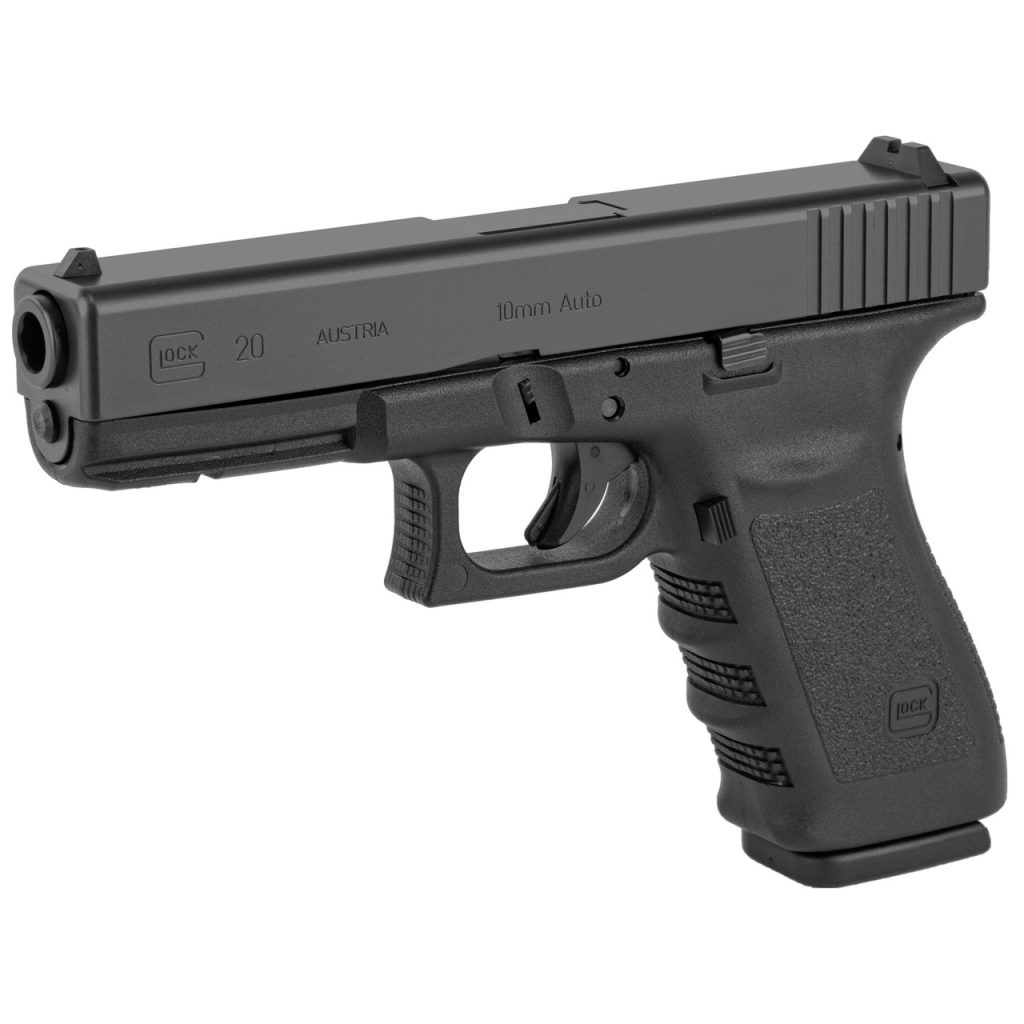
There is an old legend, Gaston Glock, who wanted to sell his pistol for some super low amount, and he was told that no one would seriously consider it. The price was too low, and American shooters would think it was equivalent to the Raven or other Saturday Night Specials. In this era, it bears mentioning lots of cheap guns came from countries like Germany. An Austrian polymer pistol likely wouldn’t be viewed much differently.
Glock’s pistol has always been affordable. According to the internet, they cost about 75 dollars to produce. I don’t know if that’s true, but the very simple design and minimal use of parts likely keep things cheap to build to scale. Glock forced other gun companies to keep the price of their firearms affordable to be competitive. There is a reason why we don’t see new contracts being awarded to the P226 anymore.
Advertisement — Continue Reading Below
User Modularity
Arguably, any user skilled enough can swap anything on most factory guns. With enough YouTube videos, you can do nearly anything. What Glock did differently was produce a pistol so freaking simple that the end user could easily modify it as well. I’ve swapped triggers in Glocks and CZ 75s, and boy, let me tell you, it’s a ton easier with a Glock.
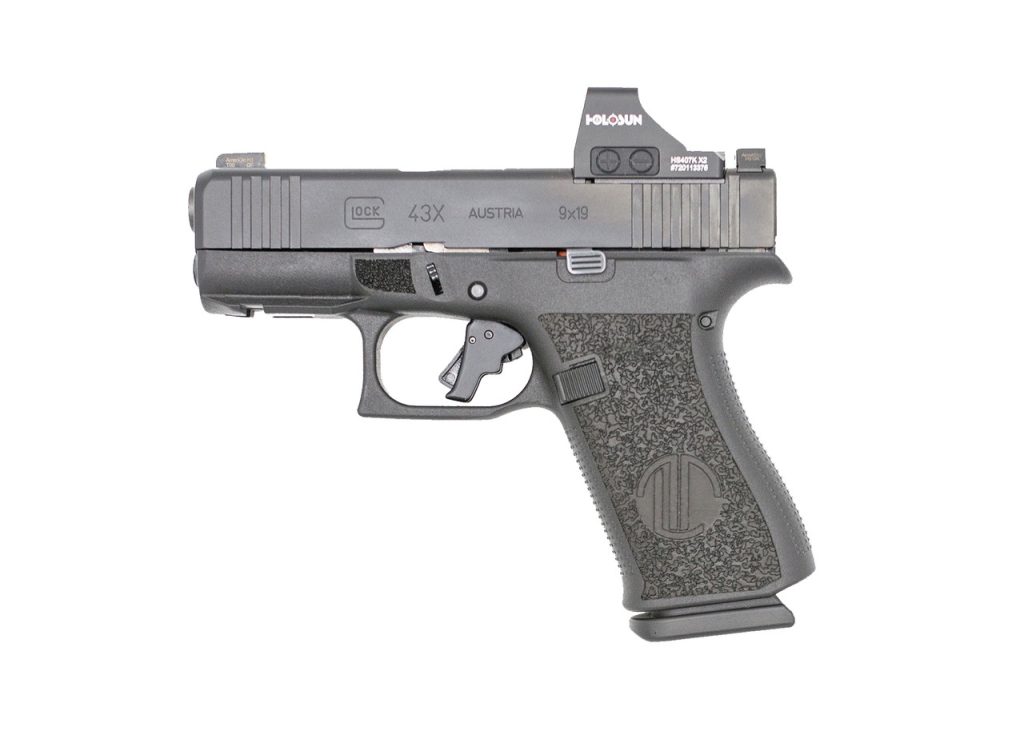
According to Glock’s website, there are 34 parts to the pistol. That’s not a whole lot going on for a modern semi-automatic pistol. Simple is good, and simple bred an entire aftermarket of parts and pieces. Since the Glocks are so simple, it’s a lot easier to make aftermarket parts that work and work well.
Advertisement — Continue Reading Below
Things like hand fitting aren’t happening with the Glock. Just pull it out, drop it in, and go. User modularity before Glock’s influence wasn’t common. There is a reason why so many famed 1911 armorers exist, but you didn’t see a rise in Glock armorers. Anybody can be a Glock armorer with an eight-hour course and a single punch.
The World According To Gaston
Gaston Glock was certainly a behemoth in our industry. His name was attached to the world’s most popular pistol and rides proudly in the holsters of concealed carriers, soldiers, and police officers all over the world. He didn’t just produce a nice gun. He changed the world of handguns.
